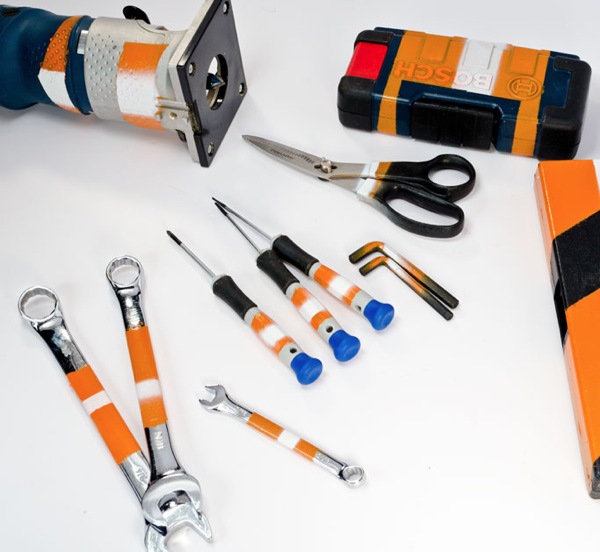Engineering for Change has a nice
article by Mr. Julian Leland on what the government can learn from the private sector.
Funding international engineering projects can be tricky, but the private sector has evolved some tactics that work. There are hundreds of private-sector funding opportunities available – competitions, grants, crowd-funding and others – many of which are documented here on E4C. Between businesses, foundations and charitable individuals, the private sector nimbly provides billions of dollars in funding. Unfortunately, despite the size of this funding pool, the competition is fierce.
E4C asked me to comment:
This is a nice start to what could be a long conversation. Government could certainly learn from the private sector, but it should not cherry pick just the options usually get the most PR. Unfortunately, this is where we are when it comes to funding international engineering and I'm guessing that Mr. Leland is talking about international development + engineering as opposed to say, a new wing in the Oslo's airport.
In my short experience, I'm learning that international development technology funding should be backed at earlier stages to maintain the momentum of promising (albet risky) ideas. DARPA is an excellent example of an agency that does this and whose discipline at doing that is why you can probably read this post online---they funded Arpanet the precursor to the Internet.
SBIRs are an excellent example of small scale funding at work with R&D in mind, not just a bid for proven services. We don't really have that in international development in the U.S. Not for technology, and we should. The same companies that can come up with a better rocket guidance system for use in places like Afghanistan could develop a remote diagnostic sample distribution system for clinics in the area. The dollars are not there, even if the hearts and minds of those designers back home would jump at the chance. The illusion that adjacent research activities can pay for the save the world activities doesn't always ring true. That means investing in the mission, plain and simple.
Crowdsourcing is an exciting venue and I'm a huge fan of the Kickstarters of the world. What I like about it is that they are backing something that could conceivably go very wrong. They are distributing the risk though. So if you $20 doesn't go the right way for the that Arduino-powered balloon, that's the way it goes sometimes. As taxpayers, we've implicitly Kickstarted our way to backing early stage projects. We need to let our elected officials know that they should back early stage research and development engineering projects for poor countries. Regrettably, the current administration's approaches may be perceived at shying away from investing in innovation, and instead focusing in safety---and maybe exciting---targets.
I'm glad Mr. Leland didn't focus on prizes. We don't do prizes in the private sector as a leading investment vehicle, so we should not do that on the development side. Prizes are great as recognition of a job well done, or as a catalyst to steer a field that is already funded to go after many different directions. Hoping that a prize for curing or diagnosing a disease, or solving arsenic, or increasing poverty alleviation makes as much sense as a having a prize be the sole mechanism to solving unemployment. Try that approach on a State Legislature seeking support from the Federal government and you may get an earful.
In kind support can be tremendous. Every university and engineering group approaches by USAID should be given a permanent liaison that can tell them exactly where to go for such help. I actually had someone at the agency once tell me that they could answer which questions they could answer over the phone. We have a long way to go, but we can get there.
My favorite quote these days [see my previous post] on investing for innovation is Neal Stephenson's from his recent essay Innovation Starvation:
"Innovation can’t happen without accepting the risk that it might fail. The vast and radical innovations of the mid-20th century took place in a world that, in retrospect, looks insanely dangerous and unstable. Possible outcomes that the modern mind identifies as serious risks might not have been taken seriously — supposing they were noticed at all — by people habituated to the Depression, the World Wars, and the Cold War, in times when seat belts, antibiotics, and many vaccines did not exist. "
I think this applies our challenges in the developing world as well. In our lab, we find risky challenges and go for them. It's sometimes a lonely journey surrounded by hype cycles, but we think it's a worthy one.


